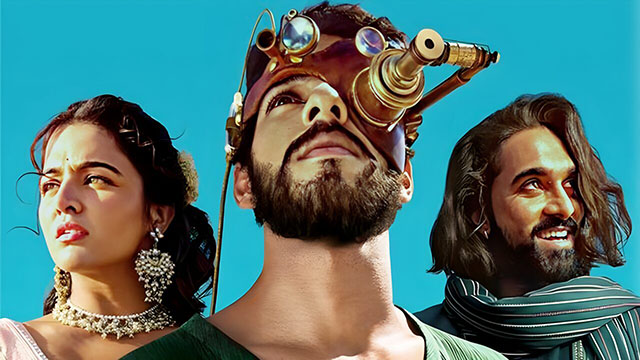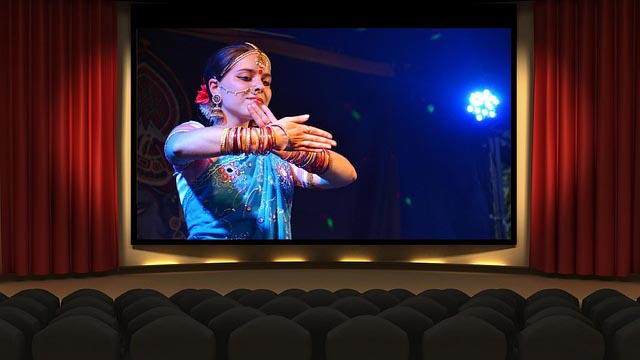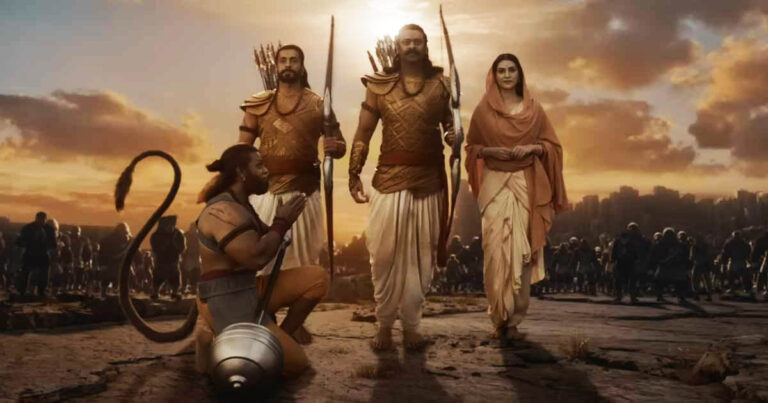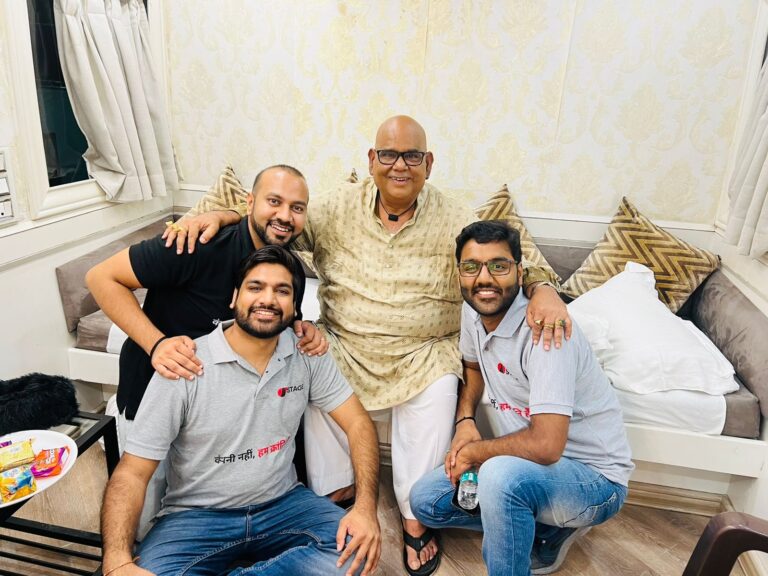Fursat is a short film by Vishal Bhardwaj released on YouTube on February 3rd, 2023. The film stars Ishaan Khatter and Wamiqa Gabbi as the lead; both actors are known to pick up unconventional scripts.
Fursat is the first Hindi film in India to be entirely shot on iPhone 14 Pro; however, it is not the first to be shot on a mobile device.
A couple of Indie and mainstream filmmakers in India walked the same path before Bhardwaj. Vikramaditya Motwane produced a 60 min-feature film that was entirely shot on OnePlus 9 Pro 5G in 2021. The same year, a Marathi language filmmaker Virkar released a Marathi film, Pichyar. This film was also shot on a mobile device – an iPhone.
In India, all this started with Kalpak Pathak, who shot a 90-min feature film on iPhone in 2020. This Indian cinematographer shot “Amidst My Own” in the US during the pandemic.
Pathak believes that the pandemic created the need for cost-cutting and budget films. Hence, this establishes that Bhardwaj is not the first to endeavour something like this.
The media is going gaga over the fact that Bhardwaj shot a short film entirely on iPhone 14 Pro, delving deep into the device’s features and specifications.
This review shifts the focus from iPhone 14 Pro and brings Fursat, the film, to the review radar. Not even four minutes into the film, you will see the film shot on an American mobile brand criticising the same country.
This appears to be a bit audacious on the director’s behalf, but Bhardwaj is widely popular for making liberal movies adrift with political anecdotes.
However, except for this jibe at capitalism, there is no other political friction in the film. From this first contradiction, it’s time to move to the next.
Fursat is an Urdu term meaning leisure in English. Even though the film’s title is leisure or free time, the main character Nishant, played by Ishaan (who has dropped Khatter from his name), is obsessed with time.
He invents a time-travelling device named Doordarshak that takes him to the future. In the future, he witnesses the death of his muse, Diya, played by Gabbi, at the hands of the antagonist, Chief, played by DID fame Salman Yusuff Khan. From this death sequence, the plot moves forward and backwards in time.
Fursat is a musical thriller, and Bhardwaj once again creates a cinematic treat with impactful direction, a gripping storyline, soulful music, and spectacular choreography by Shiamak Davar.
Not only this film takes the Indian short film a few notches higher than their common ground, but Bhardwaj also states confidently that shortly, making a full-length two-hour-long film on an iPhone is very much possible.
In the film, every time Nishant travelled from one timeline to the other through a time warp, he always plunged into the water first. The two primary forms of religions, Abrahamic and Hinduism, uphold water to be the origin of all lifeforms on the earth: way before nothing existed, water was there, and it is from water everything else came into being.
Bhardwaj tries to depict the same logic in his film, or so it appears. After plunging into the water, the main character is always found standing in the middle of a vast desert with a circular mirror in the centre.
Life is nothing but a mirage, everything which appears is not, and the mirror at the centre of the desert might entail the theory of mimesis – everything in this universe is an imitation or representation of the higher or real form of the universe that exists outside our physical universe or in the heavens.
The audience can also claim that the objects in the physical world, in truth, exist in the realm of ideas. As per Advaita-Vedanta, everything is Maya, that which is not or “illusion”.
While mimesis expounds dualism, Advaita Vedanta is a nondualist school of philosophy that upholds Maya at the individual level, which can be considered a lack of knowledge (avidya) or real self. This is another contradiction in the plot.
Time is the focal point of this film. Nishant, throughout the film, tries to capture time which is non-tangible. One cannot capture, control or train time. Verily, time travel is a fascinating concept, and for ages, it has been an appealing theme in every language of art, be it in the cinema or literature.
The moment people hear something about time travel, they get this instant urge to know more about the concept or project. Fursat is no different. It is a brave attempt to try something so complex and ambitious – their attempt to make a 30-minute time-travel film on a camera phone calls for sincere applause.
The climax is bound to receive mixed reviews because of its vagueness and futility. The duo, Gulzar and Bhardwaj, once again creates musical magic with songs worth listening to on repeat mode.
Davar is one of India’s first to introduce contemporary jazz and western dance forms. Had this film been a Broadway or even a decent seating theatre performance, it would have surely received a standing ovation for Davar’s spectacular choreography.
Overall, Fursat, the short film, is a decent watch and opens doors to similar projects in the future.





